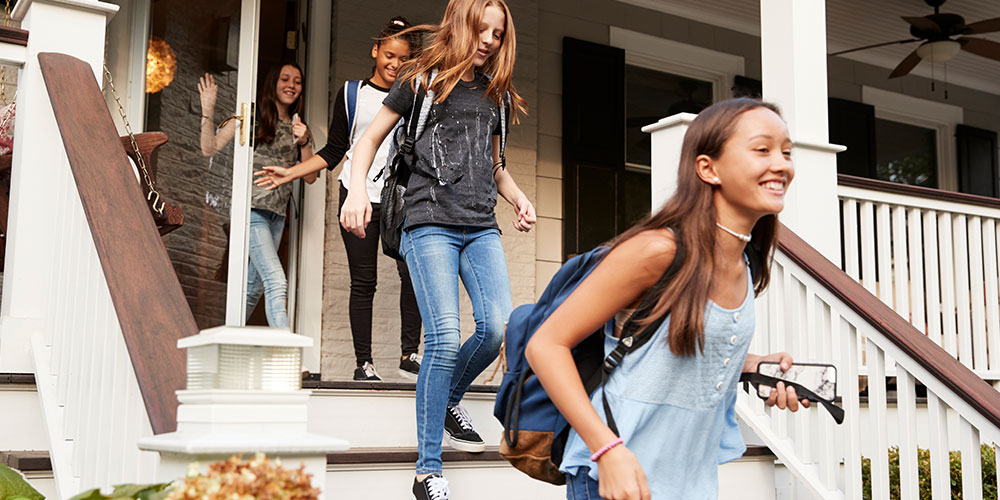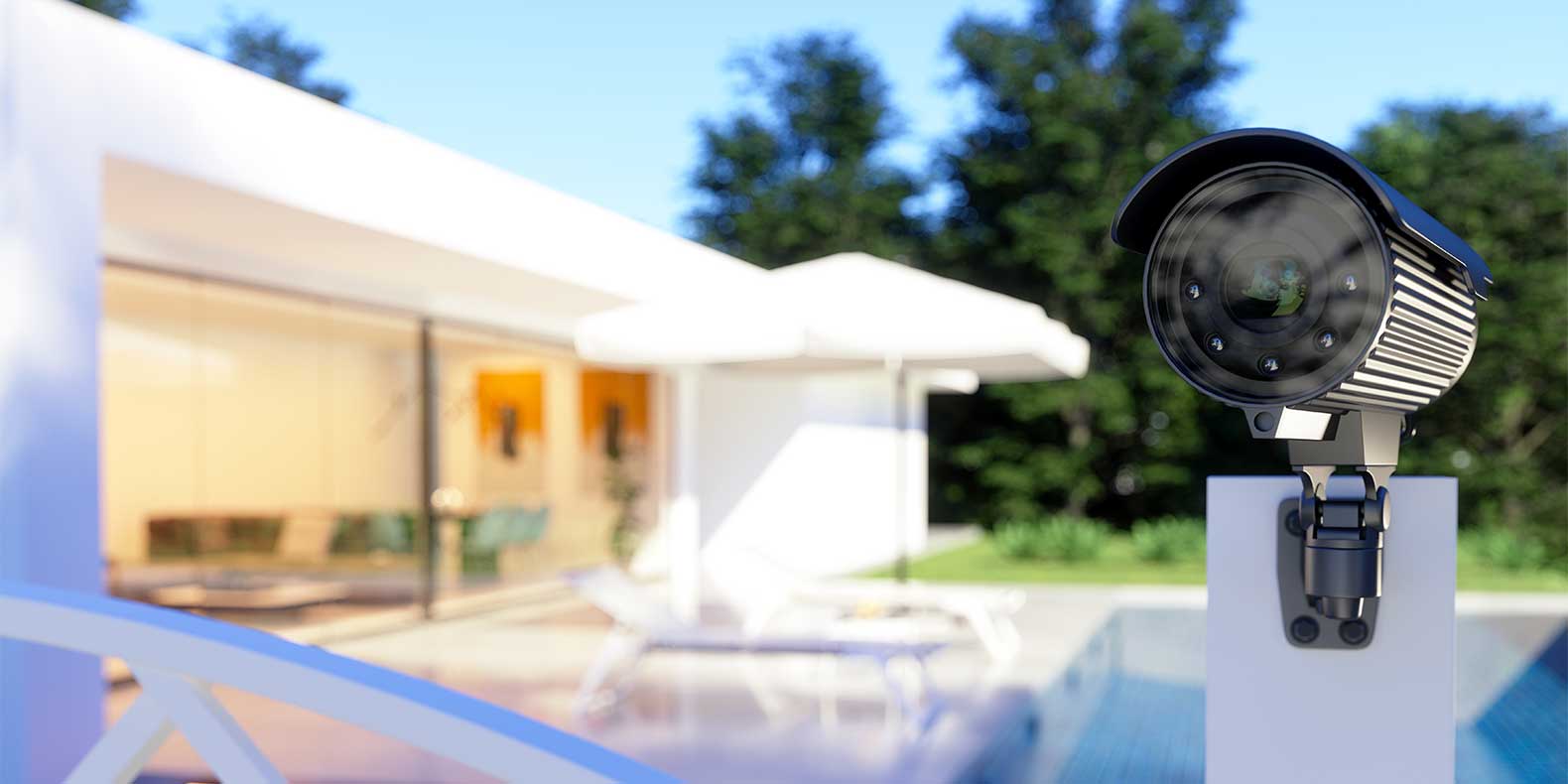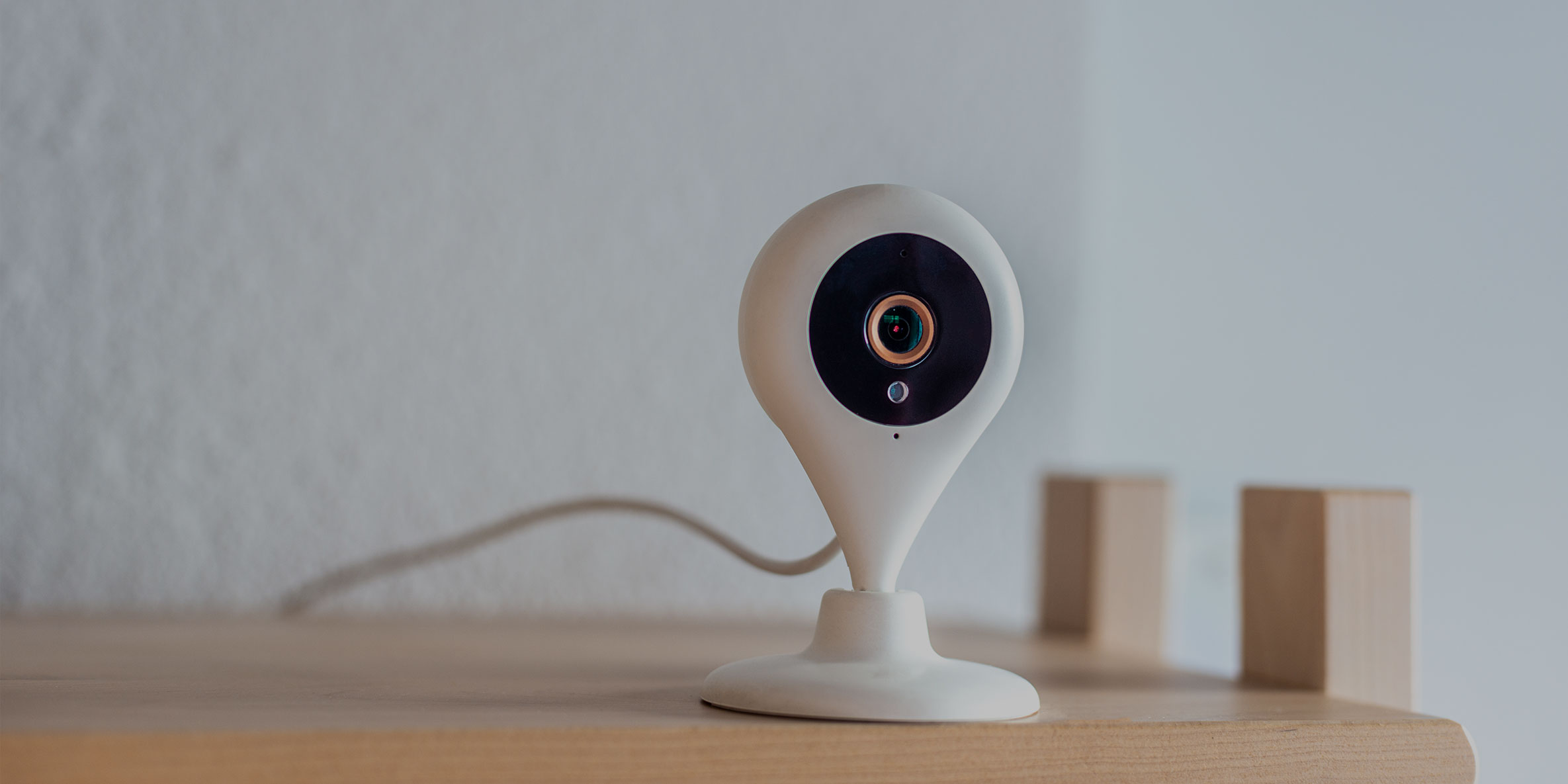It’s no secret video surveillance is one of the most effective home security solutions used to prevent and help solve crimes. With a video surveillance system, homeowners have the ability to view their property at anytime from any location through their mobile device.
If you’re in the market for a new video surveillance system or looking to upgrade your current one, take a look at these top tips from our home security blog to get the most out of your solution.
1. Assess Your Needs
The most suitable surveillance system depends on your home and lifestyle. These factors include:
- The layout of your home.
- The number of entry points.
- The occupants in your home.
- The size of your home.
- The value of your assets.
- Your system budget.
This information will help you determine the amount and types of cameras you need to provide optimal coverage.
2. Consider All Camera Options
Security cameras come in a variety of sizes and serve different purposes.
You should choose cameras that are designed to function in specific locations of your home. Outdoor cameras have coverings to protect from natural elements, while other cameras are designed strictly for indoor use. Some higher-quality cameras can function in both.
Standard camera types include:
- Box. Large, visible indoor cameras with variable focal lenses.
- Bullet. Small, well-hidden cameras that can be used both indoors and outdoors.
- Dome. Ceiling cameras covered with tinted glass.
- Pan-Tilt-Zoom. Remote-controlled cameras with panoramic capabilities for a wide-angle view from a single unit.
3. Strategically Place Cameras
Properly placed cameras help homeowners easily identify and promptly respond to potentially hazardous situations that occur while they are away. Home surveillance cameras are most effective when they are:
- Installed in sensible areas (e.g., living room, kitchen or playroom).
- Placed under sufficient lighting.
- Positioned to capture wide angles for fuller surveillance coverage.
Additionally, outdoor cameras should be placed above all entrances and exits to your home, garages or sheds.
4. Secure All Connected Cameras
Many video surveillance cameras connect to the Internet, so cyber security is imperative.
Many homeowners have reported instances of cyber criminals hacking home security cameras and accessing feeds. One Illinois family said a hacker compromised their home security camera spoke to their baby before yelling vulgarities at the couple.
Prevent hackers from accessing your home security cameras with these cyber security safeguards:
- Do not share passwords with unnecessary individuals. Keep password sharing on a need-to-know basis, and don’t write them down.
- Encrypt networks where cameras are hosted. This will make it difficult for hackers to obtain or “read” data if systems are hacked.
- Never leave factory-setting passwords. These passwords are often easy to find online, which means hackers can gain access to your systems.
- Secure your Wi-Fi. Give your router a unique name and password. Set your router settings to WPA2 (preferred) or WPA for stronger security. Additionally, do not connect cameras to unfamiliar, unsecure networks.
- Stay on top of product updates and system upgrades. If cameras are outdated, it’s possible for hackers to exploit vulnerabilities that may have been patched in new updates.
5. Enhance Your Surveillance System with Additional Camera Features
You can also improve the effectiveness of your home’s surveillance system with some additional features. These include:
- Adjustable angles. Cameras that are mobile and can tilt or zoom for multiple views.
- Artificial intelligence technology. Cameras hosted on monitoring platforms powered by artificial intelligence (AI) alert users about important or unusual events, while ignoring routine tasks like when your mail is being delivered vs. someone lingering in your yard, or a dog entering your property vs. a human presence.
- Day/night capabilities. Cameras with night vision use infrared LEDs to provide clear images, even in the dark.
- High resolution. Higher resolutions give the best quality image.
- IP-based versus wired. Video cables are not required with IP-based systems.
- Weatherproof. Cameras that can withstand outdoor conditions.
- Remote access. Sync your video surveillance system to your mobile security app to control settings and view footage anytime, anywhere on your mobile device.
Use the tips outlined in this post to customize an optimal video surveillance system that fits your home. Always contact a trusted security expert if you have any questions regarding placement, installation and overall functionality.



